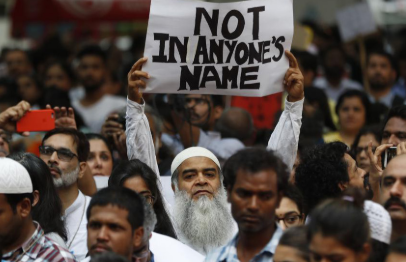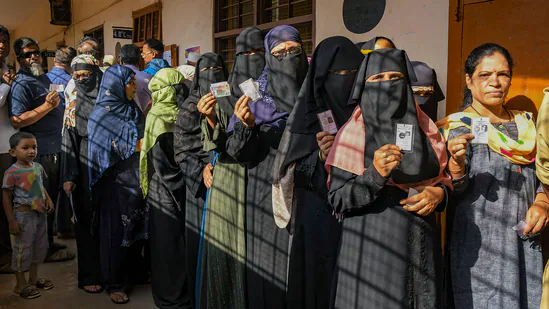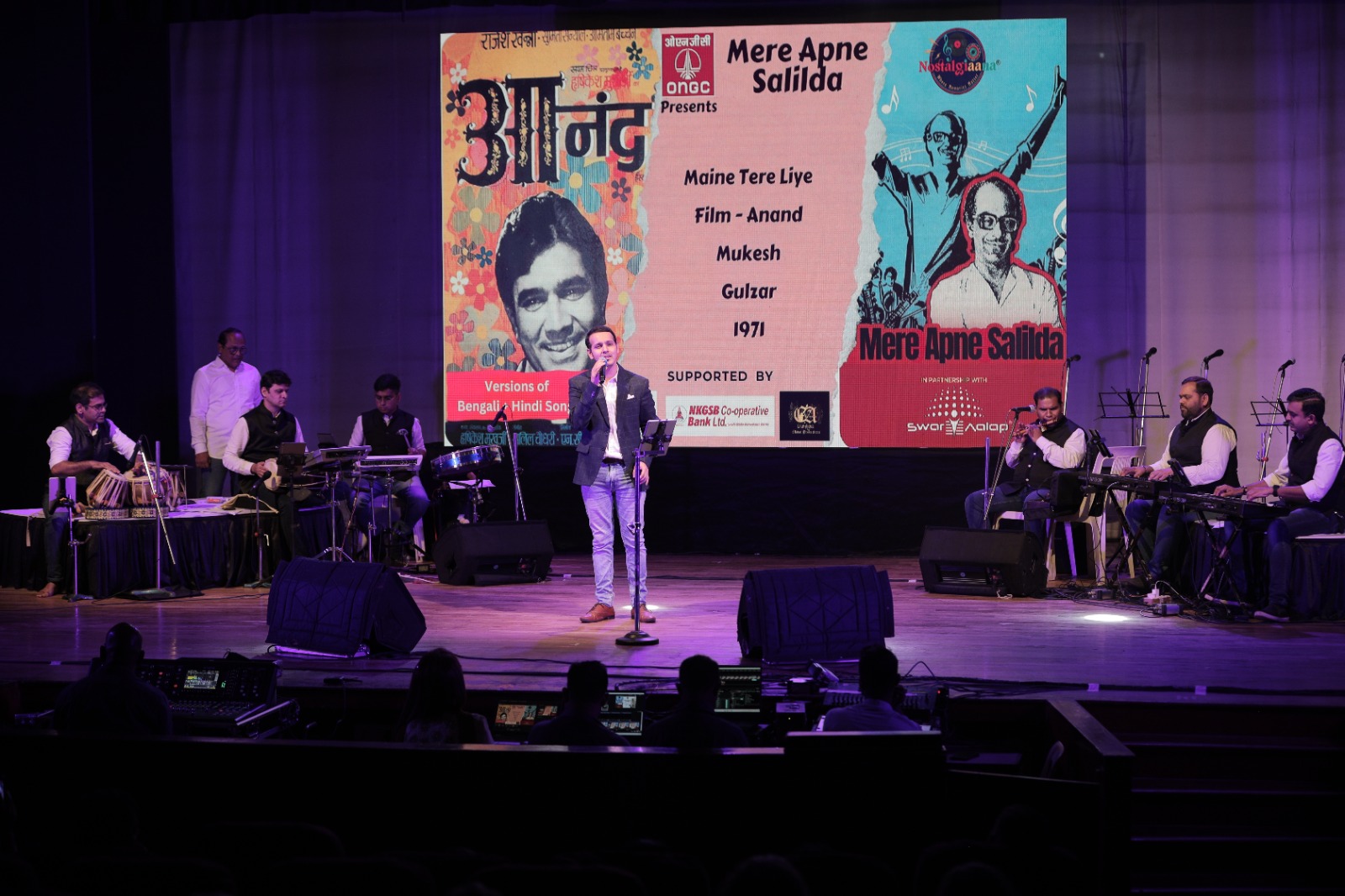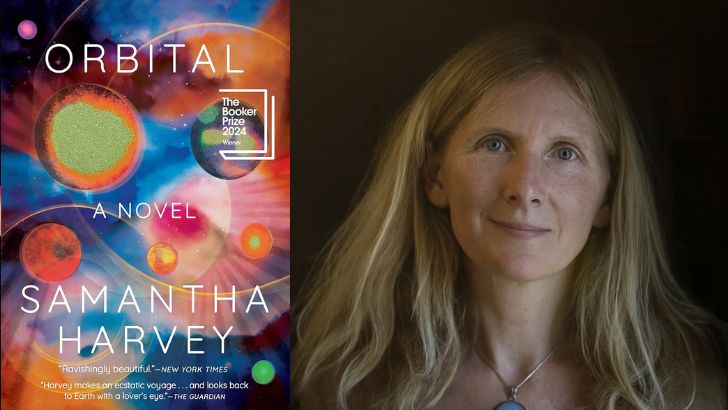Islamophobia & narratives in the Lok Sabha election
The new discourse blended many myths, imagined histories, negation, and refusal despite being as old as colonialism. During the campaigning, the minorities were much maligned, slandered, and vilified.
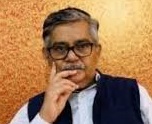
02 Jun, 2024
-
Minorities have become the focus of political narratives PHOTO: PTI
It is a tragedy that minorities
have become the focus of political narratives, targets of political vendettas,
and victims of vicious campaigning during Lok Sabha elections. It is, however,
not a simple issue of a desperate attempt by the ruling party to clinch power.
Instead, it is a component of more generalised Islamophobic ideas, thoughts,
philosophies and patterns that are pervasive on a national and international
scale. The narratives also become a symbol of binary opposition between the
majority and minority, who are not only antagonistic but also perpetual
enemies.
Islamophobia
While stereotyping minorities, it
creates a sense of victimhood among the majority and translates the community
identity into a communal identity. It attempts to resurrect the memories of
historical humiliation, such as the crimes committed, the devastation of houses
of worship, the conversion of nearby communities, the type of slavery, and the
ensuing alienation experienced by the majority community. All these were used
as political torpedoes to merge the majoritarian identity with the state. The
consecration of Ram Lala in Ayodhya and divinity declaration witnessed the
beginning of the merger of the state with the majoritarian culture.
Changing narrative
Initially the political narrative
in this year’s Lok Sabha elections revolved around winning more than 400 seats,
given that the ruling dispensation was sure of repeating its performance in the
previous General Election. "Abki paar 400 paar" became the campaign's
focal point assuming that several factors, including the dedication of Ram
Lalla's statue, the repeal of Article 370, the elimination of triple talaq, the
implementation of Citizens Amendment Act,
the awarding of Bharat Ratna to Karpoori Thakur, Charan Singh, Swaminathan, and
others, populist schemes for people with low incomes and women, PM's charisma
and his international stature, the equally awful opposition leadership, etc.,
would make its victory far more easy
than one would have predicted. Once its calculation slowly received
flak, in each succeeding phase, the narratives and discourses during the
campaign trail shifted to minorities.
The new discourse blended many
myths, imagined histories, negation, and refusal despite being as old as
colonialism. During the campaigning, the minorities were much maligned,
slandered, and vilified.
Islamophobia in history
Islamophobia as a thought process,
as an idea, and as a conceptual category first appeared in the political domain
in the 1990s, though its origins can be found in the immediate birth of the
religion and subsequently during medieval and colonial eras. The Christian
fathers were the first one to scrutinise religion, calling frequently Prophet
as “imposter,” with a critical role played by St John (676-749), a disciple of
Lord Jesus. The call given by Pope Urban II to liberate Jerusalem from Muslims
ended in the First Crusade (1096-1099) war, followed by three more wars.
Populist Italian poet and philosopher Dante (1265–1321), in his “Divine
Comedy,” a collection of poems, refused to acknowledge Islam as a religion,
and, believed that Islam was a heresy against Christianity. Incidentally, his
writings sowed the seeds for a “civilizational clash” between the two Semitic
religions — Christianity and Islam. .
Colonialism and Islam
Indeed, colonialism and
Islamophobia went together, as both mutually co-existed. Colonisation brought
strong memories of hatred, never-ending conflict, and conquest. Colonialism had
three tasks: one dismissing the contribution of the faith and its followers;
secondly stereotyping and thirdly creating spaces for perpetual hegemony and
dividing Muslim world.
It all began with critically
questioning its basic structure, amorphous knowledge production, arts, science,
architecture, political philosophy, and its relation to the state and mundane
issues. Paradoxically, Ibn Sina, a Spanish Arab philosopher who introduced
great Greek philosophers such as Plato and Aristotle to Western World, was
denied a space in the Western knowledge system. The contribution of Al Haytham
in his Kitab al-Manazir for optic science; Al-Tusi of then Persia who worked in
astronomy, ethics, mathematics and philosophy; Al-Khwarizmi in algebra and
Algorithm; Jabir ibn Hayan in chemistry; Al-Rizvi and Ibn-Sina in medicine;
Al-Battani and Phargani in astronomy; Al-Khazini for kinetics etc. were
condemned or suppressed from the gaze of public domain.
The colonial powers used
stereotypes to maintain their perpetual hegemony over the Islamic world,
portraying the Muslim world as mysterious and lazy, as Edward Said put it in
his book Orientalism. Local culture was replaced with colonial culture, and various
social systems, including caste, ethnic groups, and tribalism, were enlisted
and condemned using different terms. Finally, Islamophobia changed the course
of world politics. During and after the two World Wars, colonial powers divided
the Muslim world into several tiny nations that posed no threat to Western
interests. After driving the Palestinians from their land, Israel was
established, fostered, and planted as a hostile state— much against the wishes
of the Arab world. Colonialism also created spaces for Hindutva perspective
growing, which continued to have its spillover effect even today.
Savarkar illustrated this in his
"Essentials of Hindutva," and Bankim Chatterjee did the same in his
"Anand Math" Devi Chaudury Rani" and "Sitaram". For
Bankim, Indian nationalism was nothing short of Hindu nationalism and advocated
strong Hindu Rastra. Savarkar, much before writing on Hindutva, supported Hindu
Muslim unity for Swaraja and Swabhimana while detailing the first War of
Independence.
Postcolonialism and Islamophobia
Islamophobia as an idea and a
thought surged dramatically in the 1990s, both internationally and in India.
John P Huntington's Clash of Civilisations, a well-known political theory, was
one of the books that affected Islamophobia worldwide. Huntington classified
seven civilisations that have been at war with each other throughout history.
He believed that Islamic civilizations constitute the Anglo-Saxon world's
primary enemy, although Islamic countries are not homogenous. This analysis
served as the theoretical foundation for attacking Afghanistan, the Taliban,
ISIS, and several other nations. In the Indian context, unlike the West, where
it took a racist form, it traversed through Hindu-Muslim conflict, narrative on
“appeasement”, Uniform Civil Code, abrogation of Article 370, Triple Talaq, cow
protection, the consecration of Ram Lalla statue, etc.
The primary forms of Islamophobia,
aside from these, were history texts, medieval history, and the history of
partition, population explosion, identity markers like the hijab, food culture,
Azan, and dress culture. The latter intensified with the rise in terrorism,
militant groups, and the frequency of riots and attacks, including the attack
on Parliament. Paradoxically, even Covid-19 added fuel to Islamophobia, as they
were targeted as super spreaders. The construction of narratives that
minorities snatching away the reservation meant for OBCs, that they are
multiplying to be the majority, that they are resorting to vote jihad, forest
and land jihad, that they have the first claim over national resources, etc.,
shows the trajectory and the way the colonial/postcolonial and Hindutva form of
Islamophobia converging and the distinctive nature of Indian form of
Islamophobia in the campaign trail, which tends to stereotypes, and marginalize the minorities
as equal citizens of India. This shows the direction towards India's end of its
journey. Can there be any solution? Given that two historical figures, Gandhi
and Ambedkar, had opposed such a trend growing in India during the colonial
period? Paradoxically, Ambedkar has been appropriated to advance the ideology
of Islamophobia, and Gandhi has been accused of too much appeasing the
Minorities and charged with all the contemporary ills, including poverty and
backwardness that India is undergoing.
Leave a Reply
Your email address will not be published. Required fields are marked *
P Дизайн человека
MWB Дизайн человека https://rasschitat-dizayn-cheloveka-onlayn.ru Дизайн человека. 6/3 Дизайн человека.
J Дизайн человека
TAK Дизайн человека https://rasschitat-dizayn-cheloveka-onlayn.ru Дизайн человека. 1/4 Дизайн человека.
Y Дизайн человека
VBS Дизайн человека https://irida-design.ru Дизайн человека. 2/4 Дизайн человека.
D Дизайн человека
HVH Дизайн человека https://rasschitat-dizayn-cheloveka-onlayn.ru Дизайн человека. 3/6 Дизайн человека.
N Дизайн человека
ZIG Дизайн человека https://vkl-design.ru Дизайн человека. 5/2 Дизайн человека.
A Дизайн человека
IML Дизайн человека https://designchita.ru Дизайн человека. 5/1 Дизайн человека.
A Дизайн человека
OOC Дизайн человека https://humandesignplanet.ru Дизайн человека. 2/4 Дизайн человека.
Z Дизайн человека
NYB Дизайн человека https://rasschitat-dizayn-cheloveka-onlayn.ru Дизайн человека. 4/6 Дизайн человека.
Психолог wco
Надежный расстановщик дистанционно. Консультации возможна 24/7. Приватно, результативно. Выгодные цены. Сделайте шаг к улучшению! https://4269-user-psiholog.tds-ka.ru/
Психолог hhs
Надежный эксперт в области психологии дистанционно. Поддержка доступна круглосуточно. Приватно, эффективно. Выгодные цены. Запишитесь сейчас! https://486-user-psiholog.tds-ka.ru/








